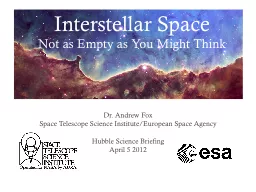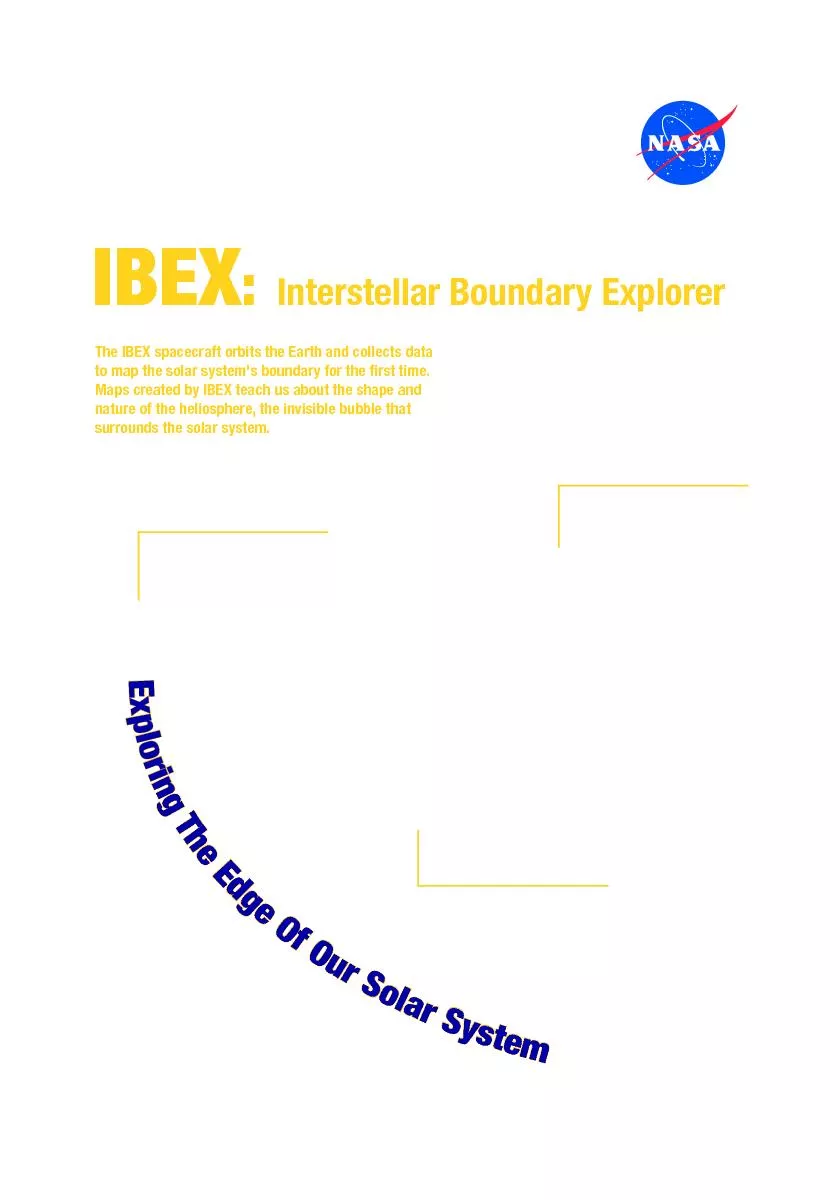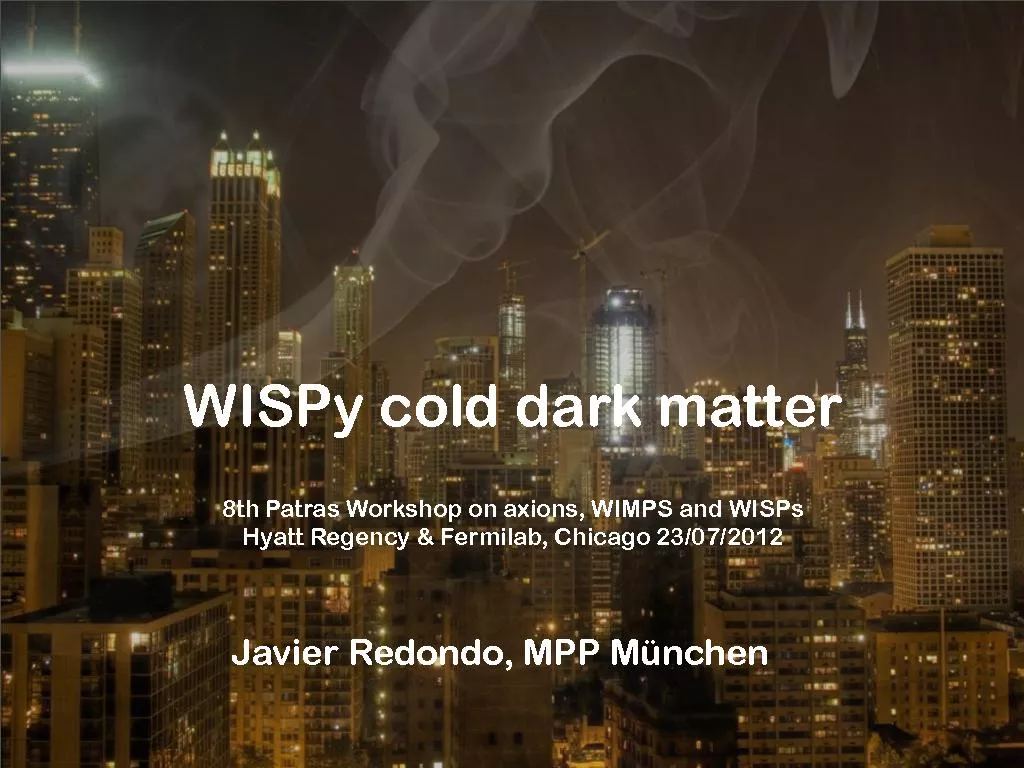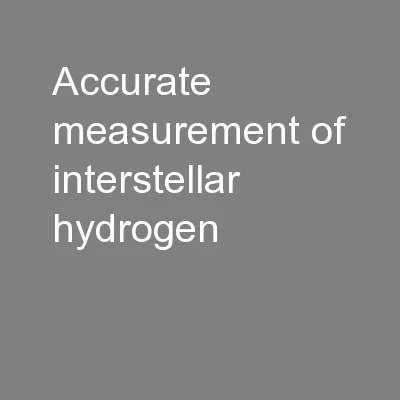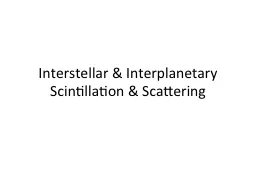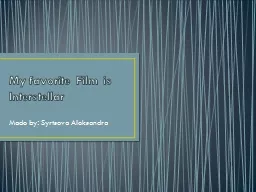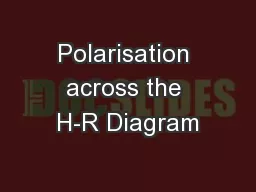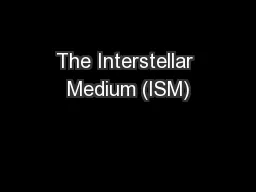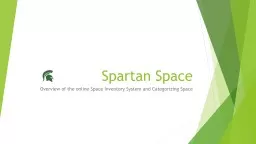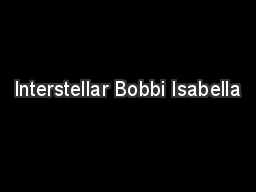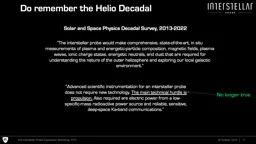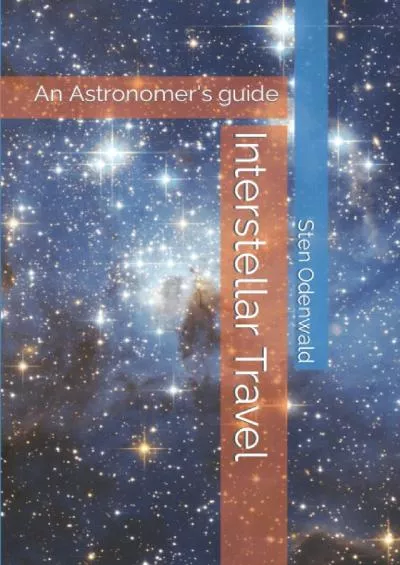PPT-Interstellar Space
Author : trish-goza | Published Date : 2016-05-15
Not as Empty as You Might Think Dr Andrew Fox Space Telescope Science InstituteEuropean Space Agency Hubble Science Briefing April 5 2012 What is a galaxy made
Presentation Embed Code
Download Presentation
Download Presentation The PPT/PDF document "Interstellar Space" is the property of its rightful owner. Permission is granted to download and print the materials on this website for personal, non-commercial use only, and to display it on your personal computer provided you do not modify the materials and that you retain all copyright notices contained in the materials. By downloading content from our website, you accept the terms of this agreement.
Interstellar Space: Transcript
Download Rules Of Document
"Interstellar Space"The content belongs to its owner. You may download and print it for personal use, without modification, and keep all copyright notices. By downloading, you agree to these terms.
Related Documents

